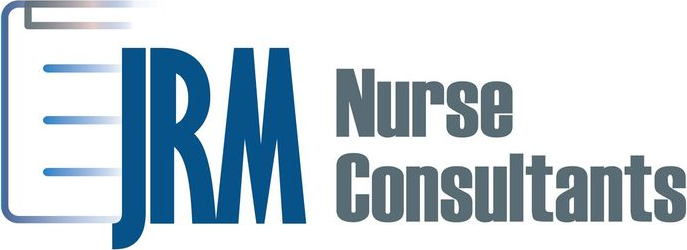Professional communication is very important when we are dealing with a patient’s health. In this virtual world that we live in where more and more people are working in the field and from home, it is important that we maintain a standard of etiquette when speaking with people via electronic mail and in person. Rapid responses without thinking about them first can come across incorrectly in person and in writing.
In every organization, there are communication barriers, but overcoming them is part of being professional and respectful of others’ opinion. One barrier that is seen in managers, is the inability to show respect to other team members and allow a learning environment. This is a prime example of a barrier in a learning environment that will hinder an employee’s growth and affect the quality of patient care (Rubenfeld & Scheffer, 2014).
As a former manager of a team of nurses and social workers, collaboration existed in my direct report team, and as a team, we functioned using critical thinking, interdisciplinary team approach and collaborated on cases together. But in the big picture of corporate America under the manager that I reported to, this was not acceptable, it was a multidisciplinary team. In this type of team, there is only individual thinking in the group, meaning their way and no other opinions. The focus will be on tasks and check off systems regardless if it is feasible to do (Rubenfeld & Scheffer, 2014).
Nurses do have the ability to be leaders and educators of a system that will stimulate change if they are assertive. In order to make an impact, a good team of interprofessional people is needed (DeNisco & Barker, 2013). At the end of the day, the patient is the one who counts and the reason why changes are necessary. If more companies were focused on having a management style that was transformational vs transactional, this would alleviate the unnecessary resignation of employees, corrective action plans, and disgruntled employees.
In our team, for instance, a good way that we used to incorporate learning weekly was having one person do a case study and they would team up with another person on the team to present the case study on a difficult patient. During this time the team had the ability to comment on the case, make suggestions and also refer to our medical director for review.
There are many teaching and learning styles that we can use to teach patients. The important thing is that no matter what we feel is our way or learning, not everyone will learn the same way. Therefore as the nurse, we need to explore what is that patient’s learning style and teach in that way. Another assessment the nurse can make in the home care setting is the readiness to learn. If a patient is having difficulty paying his electric bill, he may not listen to the teaching on a diabetic diet and the foods that he is to be eating or buying, because he may not have the resources to purchase them.
In conclusion, managers and leaders need to be able to figure out a way to engage their teams, show them respect, praise them for a job well done and be able to involve them in the overall goal as a team vs. a transactional leader that dictates and causes poor morale amongst the team.
References
DeNisco, S. M., & Barker, A. M. (Eds.). (2013). The slow march to professional practice. Advanced Practice Nursing (2nd ed., pp. 6-17). [Vital Source Bookshelf].
Rubenfeld, M. G., & Scheffer, B. K. (2014). Critical Thinking TACTICS for Nurses:Achieving the IOM Competencies (3rd ed.). [Vital Source BookShelf]. Retrieved from http://online.vitalsource.com/books/9781284059571

